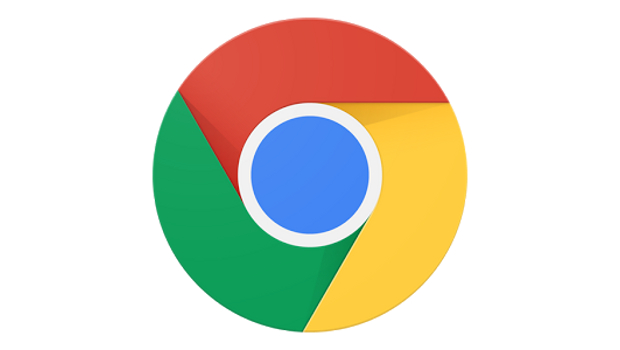Google aims to make HTML5 the primary experience in Chrome by the fourth quarter of this year, except for a white-list of 10 sites that will run Adobe’s Flash Player.
Under the plan, HTML5 by Default, the Chrome browser will continue to ship with Adobe’s Flash Player, but its presence will not be advertised by default.
If a website offers HTML5, that will be the default experience. For those sites that need Flash, a prompt will show up at the top of the page when the user first visits the site.
The prompt will give users the option of running or declining to run Flash on the site. “If the user accepts, Chrome will advertise the presence of Flash Player and refresh the page,” Google said. On subsequent visits to the domain, the user’s initial choice is likely to hold good, though Google is still working on the options for future prompts.
Once critical for rich media on the Web, Flash has been sidelined by HTML5, which has emerged as a serious competitor with Google and other players backing it. HTML5 provides a more integrated media experience with faster load times and lower power consumption, claims Google, which earlier this year said it would block the upload of display ads built in Flash from 30 June in AdWords and DoubleClick Digital Marketing, besides taking other measures to reduce the role of the player. The Flash Player’s track record for vulnerabilities has also not been good, exposing users to a variety of threats.
In November, Adobe Systems said it would offer tools for developing HTML5 content, while continuing to support Flash content, as “open standards like HTML5 have matured and provide many of the capabilities that Flash ushered in”. While standards like HTML5 will be the Web platform of the future across all devices, Flash continues to be used in key categories like Web gaming and premium video, where new standards are yet to fully mature, it added.
Chrome will initially ship with a white-list of the top 10 sites using Flash, sorted by aggregate usage of a specific domain. This will include sites like YouTube.com, Facebook.com, Amazon.com and Mail.ru. The white list will continue for one year and the list will be periodically updated to remove sites whose usage no longer requires the special treatment.
Enterprises will also be given a policy option to always run Flash content.
IDG News Service







Subscribers 0
Fans 0
Followers 0
Followers